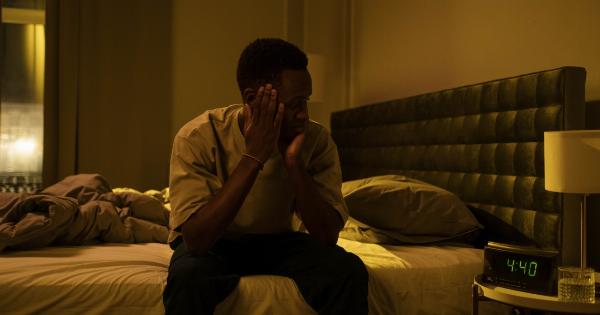Insomnia is a sleep disorder that affects millions of people worldwide. It is characterized by difficulty falling asleep, staying asleep, and waking up too early.
Insomnia can be caused by a variety of factors, including stress, anxiety, depression, medical conditions, and medications. In many cases, insomnia can be treated through lifestyle changes, therapy, and medication. However, there is a revolutionary method to combat insomnia that is gaining popularity: cognitive-behavioral therapy for insomnia (CBT-I).
What is CBT-I?
Cognitive-behavioral therapy for insomnia (CBT-I) is a type of therapy that combines cognitive (thinking) and behavioral (action) techniques to help people overcome insomnia.
CBT-I aims to change the thoughts and behaviors that contribute to insomnia and replace them with new, healthier habits that promote better sleep. CBT-I has been shown to be effective in treating insomnia in many clinical trials and is recommended as a first-line treatment by the American College of Physicians.
How Does CBT-I Work?
CBT-I works by targeting the thoughts and behaviors that contribute to insomnia.
This includes identifying negative thoughts and beliefs about sleep, addressing behaviors that interfere with sleep (like watching TV in bed or taking naps), and developing new habits and routines that promote better sleep. The therapy typically involves several sessions with a trained therapist, but some of the techniques can also be practiced on your own.
CBT-I Techniques
Sleep Restriction
Sleep restriction is a technique that involves limiting the amount of time you spend in bed to the actual amount of time you typically sleep.
This means that if you typically sleep for six hours a night, you would only spend six hours in bed, even if you have more free time. This technique helps to consolidate sleep and eliminate time spent lying awake in bed.
Stimulus Control
Stimulus control is a technique that involves creating a strong association between the bed and sleep. This means using the bed only for sleeping (and sex) and avoiding other activities, like watching TV or reading.
The goal is to strengthen the association between the bed and sleep so that your body knows it is time to sleep as soon as you get into bed.
Sleep Hygiene
Sleep hygiene involves creating a sleep-friendly environment and developing healthy sleep habits. This includes creating a cool, dark, and quiet sleeping environment, avoiding caffeine and alcohol before bed, and developing a consistent sleep schedule.
Cognitive Therapy
Cognitive therapy involves identifying and challenging negative thoughts and beliefs about sleep.
This includes thoughts like “I’ll never be able to sleep” or “I need eight hours of sleep to function.” By challenging these beliefs and replacing them with more realistic ones, cognitive therapy can help reduce anxiety and promote better sleep.
Relaxation Techniques
Relaxation techniques like deep breathing, meditation, and progressive muscle relaxation can help reduce anxiety and promote better sleep. These techniques can be practiced before bed or during moments of stress throughout the day.
Is CBT-I Right for You?
If you have tried other treatments for insomnia without success or prefer a non-medication approach, CBT-I may be a good option for you. CBT-I is generally safe and well-tolerated and has been shown to be effective in many clinical trials.
However, it is important to work with a trained therapist to ensure that you are practicing the techniques correctly and to identify any potential underlying medical or psychiatric conditions.
Conclusion
Insomnia can significantly impact your quality of life, but it does not have to be a permanent condition.
Cognitive-behavioral therapy for insomnia (CBT-I) is a revolutionary method for treating insomnia that can help you achieve better sleep and improve your overall well-being. By targeting the thoughts and behaviors that contribute to insomnia, CBT-I can help you develop new habits and routines that promote better sleep and reduce anxiety.
If you have been struggling with insomnia, talk to your doctor or a trained therapist about whether CBT-I may be right for you.































